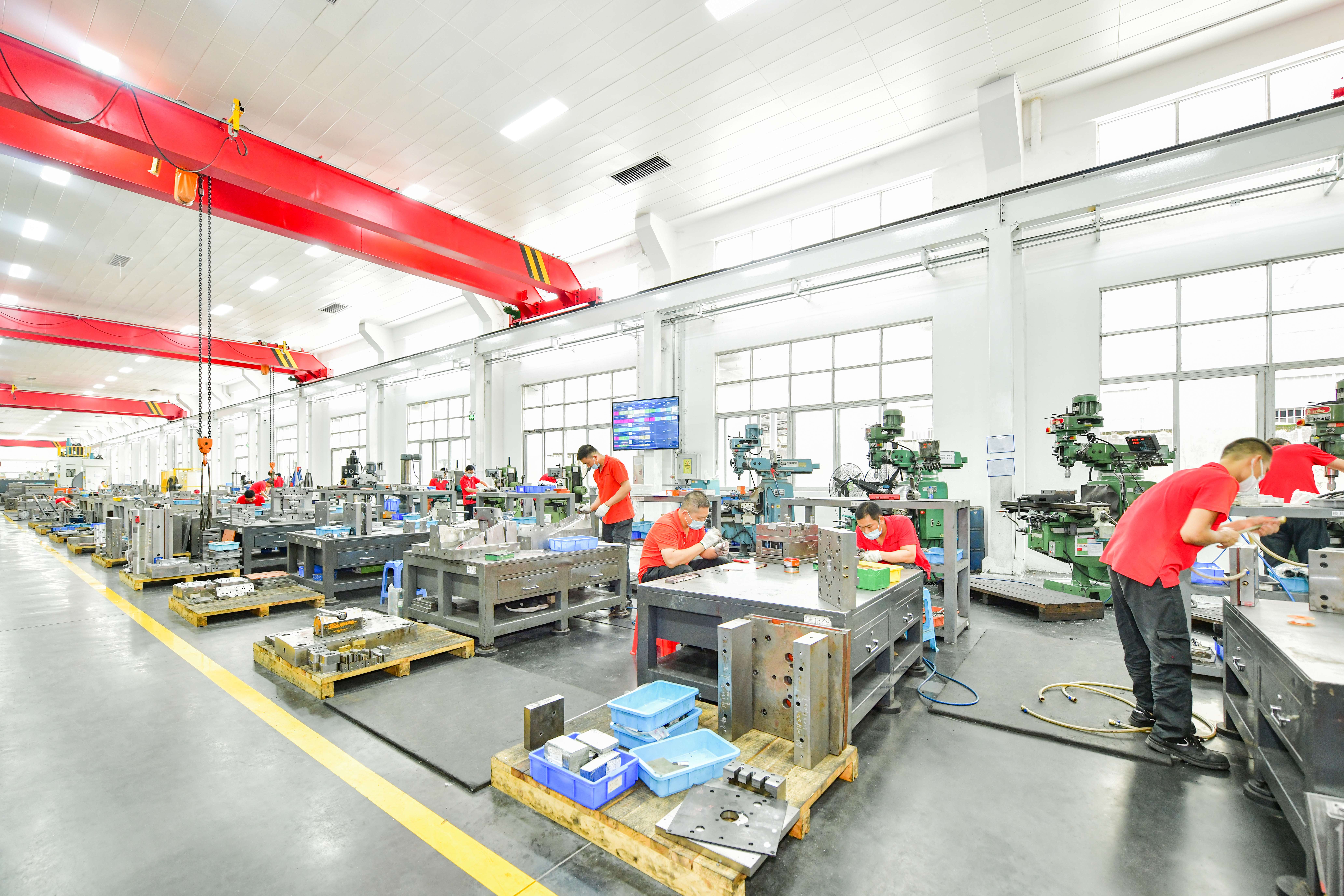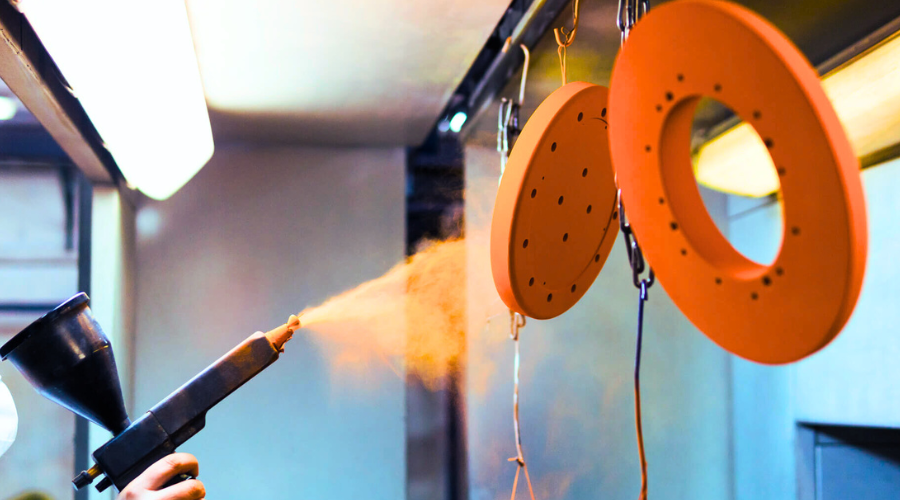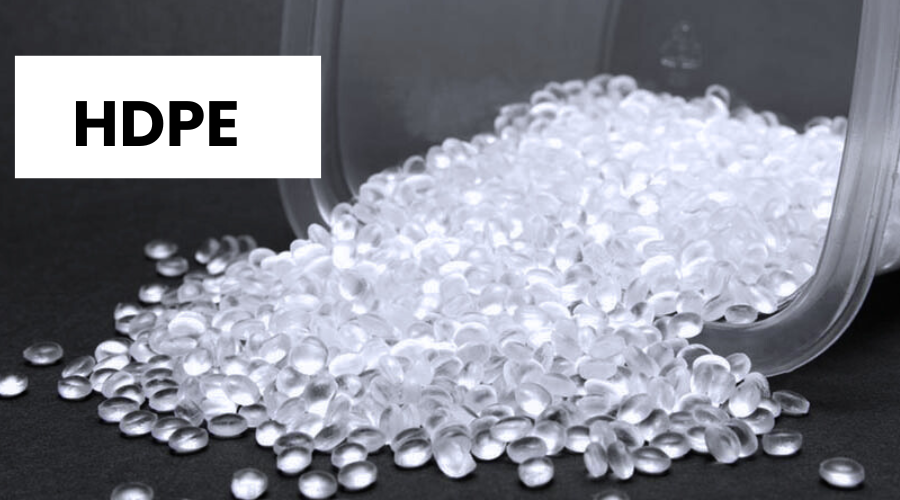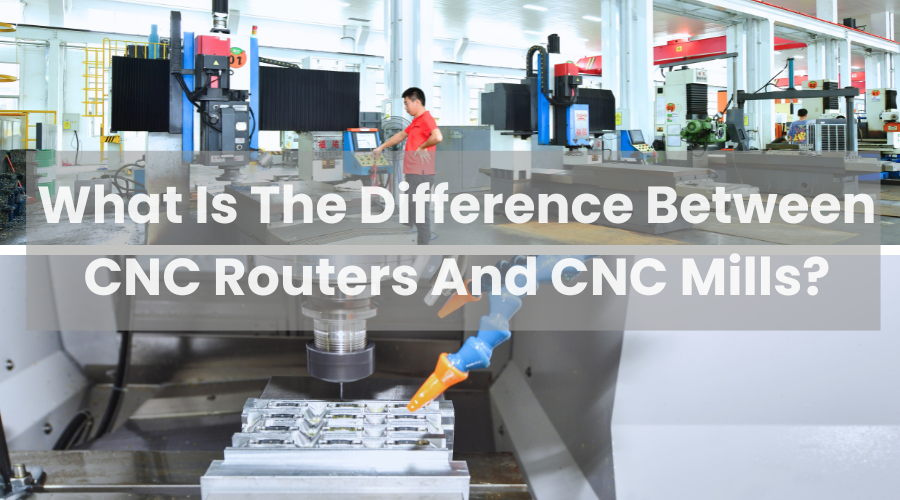The automotive industry has always been at the forefront of technological advancements, and one of the latest trends shaping its landscape is on-demand manufacturing. As consumer preferences continue to evolve, and technology becomes more sophisticated, traditional manufacturing processes are giving way to a more flexible and responsive approach. On-demand manufacturing is emerging as a key player in this transformation, offering numerous benefits to both manufacturers and consumers.
The Shift Towards On-Demand Manufacturing
Traditional manufacturing processes in the automotive industry often involve large-scale production runs with fixed designs and long lead times. However, the rise of on-demand manufacturing is challenging this paradigm. The shift towards on-demand manufacturing is characterized by the ability to produce parts and components as needed, in response to specific customer demands.
Benefits for Manufacturers:
1. Reduced Inventory Costs
On-demand manufacturing allows automotive manufacturers to minimize their inventory costs. Instead of stocking large quantities of components and parts, manufacturers can produce items as orders come in. This not only reduces the need for extensive warehousing but also frees up capital that can be invested in other areas of the business.
2. Customization and Personalization
Modern consumers are increasingly seeking personalized and customized products. On-demand manufacturing enables automotive companies to offer personalized options to their customers, whether it be unique color choices, specific features, or even limited-edition models. This customization capability can be a powerful marketing tool, attracting consumers looking for a more tailored and individualized driving experience.
3. Quick Response to Market Changes
The automotive market is dynamic, with trends and consumer preferences changing rapidly. On-demand manufacturing allows companies to quickly adapt to these changes. Whether it’s a sudden spike in demand for a particular model or the introduction of new technological features, manufacturers can respond swiftly, gaining a competitive edge in the market.

Benefits for Consumers:
1. Faster Delivery Times
On-demand manufacturing significantly reduces lead times compared to traditional manufacturing processes. Consumers can expect faster delivery of their vehicles or replacement parts, improving overall customer satisfaction. This is particularly crucial in an era where instant gratification and quick turnaround times are increasingly valued.
2. Increased Product Variety
On-demand manufacturing enables a more diverse range of products to be offered to consumers. Rather than being limited to a fixed set of options, customers can choose from a broader array of features and designs. This not only enhances the overall customer experience but also caters to different market segments with varying preferences.
3. Increased Product Variety
On-demand manufacturing enables a more diverse range of products to be offered to consumers. Rather than being limited to a fixed set of options, customers can choose from a broader array of features and designs. This not only enhances the overall customer experience but also caters to different market segments with varying preferences.
Challenges and Future Outlook
While on-demand manufacturing presents numerous advantages, it is not without its challenges. Implementing the necessary technology, ensuring quality control, and navigating the complexities of supply chain management can pose hurdles for companies transitioning to this model.
However, as technology continues to advance and more companies embrace the principles of on-demand manufacturing, the automotive industry is likely to witness a transformative shift. The ability to cater to individual preferences, respond rapidly to market changes, and reduce environmental impact position on-demand manufacturing as a key trend shaping the future of automotive production. As the industry adapts to these changes, consumers can expect a more dynamic, personalized, and sustainable driving experience.
-q4gvl4k29y4hq8j9rjpapvj0ft06fje63olt7p210i.png)


